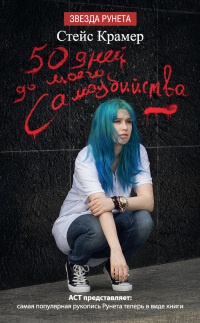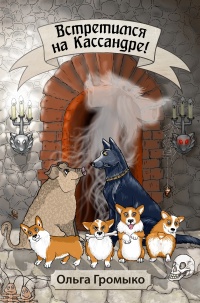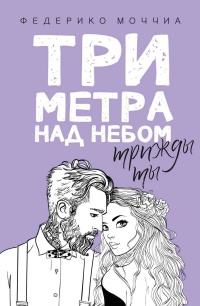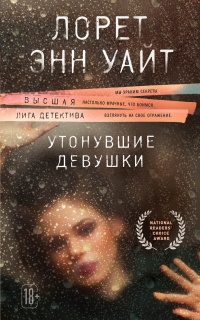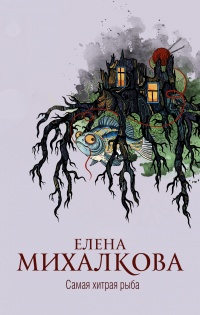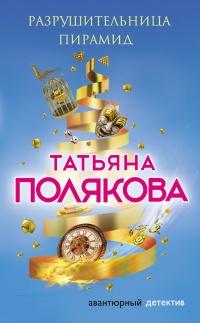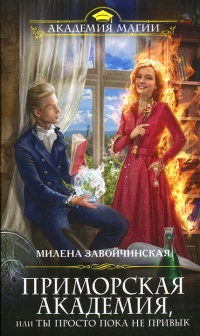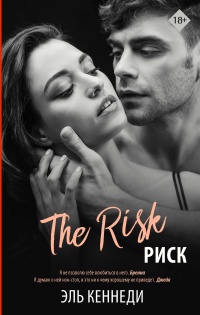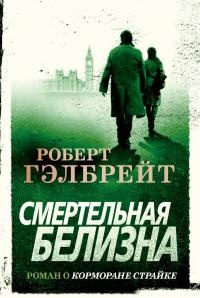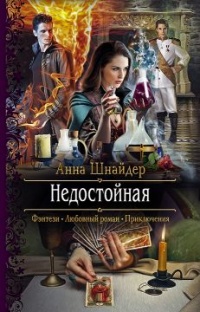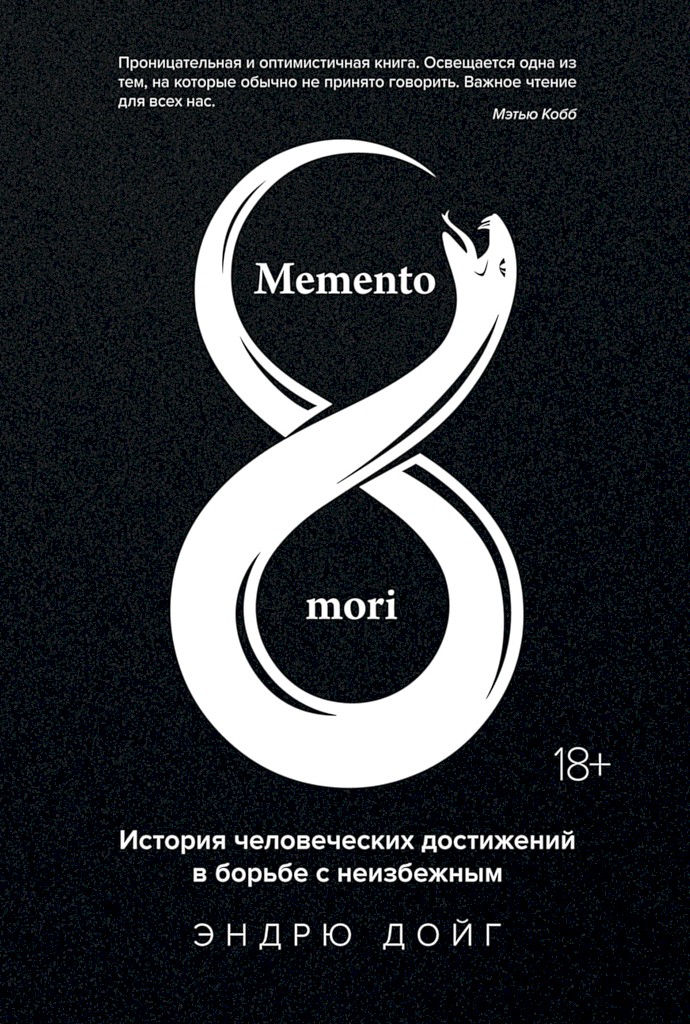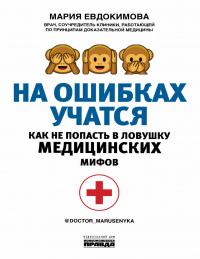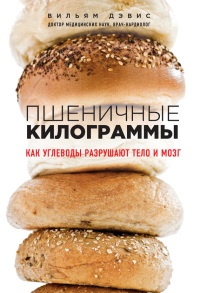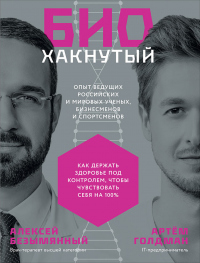Книга Парадоксы эволюции. Как наличие ресурсов и отсутствие внешних угроз приводит к самоуничтожению вида и что мы можем с этим сделать - Алексей Аркадьевич Макарушин
Шрифт:
Интервал:
Закладка:
11. Nieman D. C., Wentz L. M. (2019). The compelling link between physical activity and the body’s defense system. J Sport Health Sci; 8: 201–17.
12. Radak Z., Ishihara K., Tekus E., Varga C., Posa A., Balogh L., Boldogh I., Koltai E. (2017). Exercise, oxidants, and antioxidants change the shape of the bell-shaped hormesis curve. Redox Biology 12, 285–290.
13. Windsor M. T., Bailey T. G., Perissiou M., Meital L., Golledge J., Russell F. D., Askew C. D. (2018). Cytokine Responses to Acute Exercise in Healthy Older Adults: The Effect of Cardiorespiratory Fitness. Front. Physiol. 9: 203.
14. Fischer C. P. (2006). Interleukin-6 in acute exercise and training: what is the biological relevance? Exercise Immunology Review, 6–33.
15. Leal L. G., Lopes M. A., Batista M. L. (2018). Physical Exercise-Induced Myokines and Muscle-Adipose Tissue Crosstalk: A Review of Current Knowledge and the Implications for Health and Metabolic Diseases. Front. Physiol. 9: 1307.
16. Northoff H., Berg A. (1991). Immunologic mediators as parameters of the reaction to strenuous exercise. Int J Sports Med 12, Suppl, 1: S, 9–15.
17. Larrabee R. C. (1902). Leukocytosis after violent exercise. J Med Res (NS); 7: 76–82.
18. Kishimoto T. (1989). The biology of interleukin-6. Blood 74: 1–10.
19. Kerksick С. М., Wilborn C. D., Roberts M. D., Smith-Ryan A., Kleiner S. M., Jäger R., Collins R., Cooke M., Davis J. N., Galvan E., Greenwood M., Lowery L. M., Wildman R., Antonio J., Kreider R. B. (2018). ISSN exercise & sports nutrition review update: research & recommendations. Journal of the International Society of Sports Nutrition 15: 38.
20. Chycki J., Kostrzeva M., Maszczyk A., Zajac A. (2021). Chronic ingestion of rich-bicarbonate water improves anaerobic performance in hypohydrated elite combat sport athletes. Int J of Env Res and Public Health, 18.
21. Nicholls D. G., Bernson V. S., Heaton G. M. (1978). The identification of the component in the inner membrane of brown adipose tissue mitochondria responsible for regulating energy dissipation Experientia Suppl.,Vol. 32., 89–93.
22. Rupprecht A., Sittner D., Smorodchenko A., Hilse K. E., Goyn J., Moldzio R., Seiler E., Anja U., Brauer A. E. M., Pohl E. E., (2014). Uncoupling Protein 2 and 4 Expression Pattern during Stem Cell Differentiation Provides New Insight into Their Putative Function. PLoS ONE 9(2): e88474.
23. Chaudhuri L., Srivastava R. K., Kos F., Shrikant P. A. (2016). Uncoupling protein 2 regulates metabolic reprogramming and fate of antigen-stimulated CD8+ T cells, Cancer Immunol Immunother. 65 (7): 869–874.
24. Echtay K. S., Winkler E., Bienengraeber M., Klingenberg M. (2000). Site-directed mutagenesis identifies residues in uncoupling protein (UCP1) involved in three different functions. Biochemistry; 39: 3311–3317.
25. Dietrich M. O., Andrews Z. B., Horvath T. L. (2008). Exercise-Induced Synaptogenesis in the Hippocampus Is Dependent on UCP2-Regulated Mitochondrial Adaptation. Journal of Neuroscience 15 October, 28 (42): 10766–10771.
26. Raschke S., Elsen M., Gassenhuber H., Sommerfeld M., Schwahn U., Brockmann B., Jung R., Wisløff U., Tjønna A. E., Raastad T., Hallén J., Norheim F., Drevon C. A., Romacho T., Eckardt K., Eckel J. (2013). Evidence against a Beneficial Effect of Irisin in Humans//PLoS ONE. – September 11 (Vol. 8, № 9), e73680.
27. Raichlen D. A., Klimentidis, Y. C., Bharadwaj, P. K., Alexander G. E. (2019). Differential Associations of engagement in physical activity and estimated cardiorespiratory fitness with brain volume in middle-aged to older adults in Brain Imaging and Behavior.
28. Raichlen D. A., Alexander G. E. (2017). Adaptive capacity: an evolutionary neuroscience model linking exercise, cognition, and brain health. Trends in Neurosciences, Vol. 40, № 7, 408–421.
29. Clark A., Mach N. (2016). Exercise-induced stress behavior, gut microbiota-brain axis and diet: a systematic review for athletes. Journal of the International Society of Sports Nutrition, 13–43.
30. Zeppa S. D., Agostini D., Gervasi M., Annibalini G., Amatori S., Ferrini F., Sisti D., Piccoli G., Barbieri E., Sestili P., Stocchi V. (2020). Mutual Interactions among Exercise, Sport Supplements and Microbiota. Nutrients 2020, 12, 17.
31. Oettlé G. J. (1991). Effect of moderate exercise on bowel habit. Gut, 32, 941–944.
32. Hagio M., Matsumoto M., Yajima T., Hara H., Ishizuka S. (1985). Voluntary wheel running exercise and dietary lactose concomitantly reduce proportion of secondary bile acids in rat feces. J. Appl. Physiol., 109, 663–668.
33. Cerda B., Perez M., Perez-Santiago J. D., Tornero-Aguilera J. F., Gonzalez-Soltero R., Larrosa M. (2016). GutMicrobiota Modification: Another Piece in the Puzzle of the Benefits of Physical Exercise in Health, Front. Physiol., 7, 51.
34. Francaux M. (2009). Toll-like receptor signalling induced by endurance exercise. Appl. Physiol. Nutr. Metab., 34, 454–458.
35. Frosali S., Pagliari D., Gambassi G., Landolfi R., Pandolfi F., Cianci R. (2015). How the Intricate Interactionamong Toll-Like Receptors, Microbiota, and Intestinal Immunity Can Influence Gastrointestinal Pathology. J. Immunol. Res., 2015, 489821.
36. Viloria M., Lara-Padilla E., Campos-Rodríguez R., Jarillo-Luna A., Reyna-Garfias H., López-Sánchez P., Rivera-Aguilar V., Salas-Casas A., Berral de la Rosa F.J., García-LatorreE. (2011). Effect of moderate exercise on IgA levels and lymphocyte count in mouse intestine. Immunol. Investig., 40, 640–656.
37. Turnbaugh P. J., Ley R. E., Mahowald M. A., Magrini V., Mardis E. R., Gordon J. I. (2006). An obesity-associated gut microbiome with increased capacity for energy harvest. Nature, 444, 1027–1031.
38. Mailing L. J., Allen J. M., Buford T. W., Fields C. J., Woods J. A. (2019). Exercise and the Gut Microbiome: A Review of the Evidence, Potential Mechanisms, and Implications for Human Health. Exerc. Sport Sci. Rev. 2019, 47, 75–85.
39. Dokladny K., Zuhl M. N., Moseley P. L. (2016). Molecular Adaptations to Exercise, Heat Acclimation, and Thermotolerance. J. Appl. Physiol. 15; 120 (6): 692–701.
40. Andrews P. W., Thomson J. A. Jr. (2009). The bright side of being blue: depression as an adaptation for analyzing complex problems. Psychol. Rev.; 116 (3): 620–54.
41. Stix G. (2021). Evolution Could Explain Why Psychotherapy May Work for Depression. Scientific American, February, 14.
42. Clark A., Mach N. (2017) The Crosstalk between the Gut Microbiota and Mitochondria during Exercise. Front. Physiol. 8: 319.
43. Lutz H. L., Jackson E. W., Webala P. W., Babyesiza W. S., Kerbis Peterhans J. C., Demos T. C., Patterson B. D., Gilbert J. A., (2019). Ecology and host identity outweigh evolutionary history in shaping the bat microbiome.


